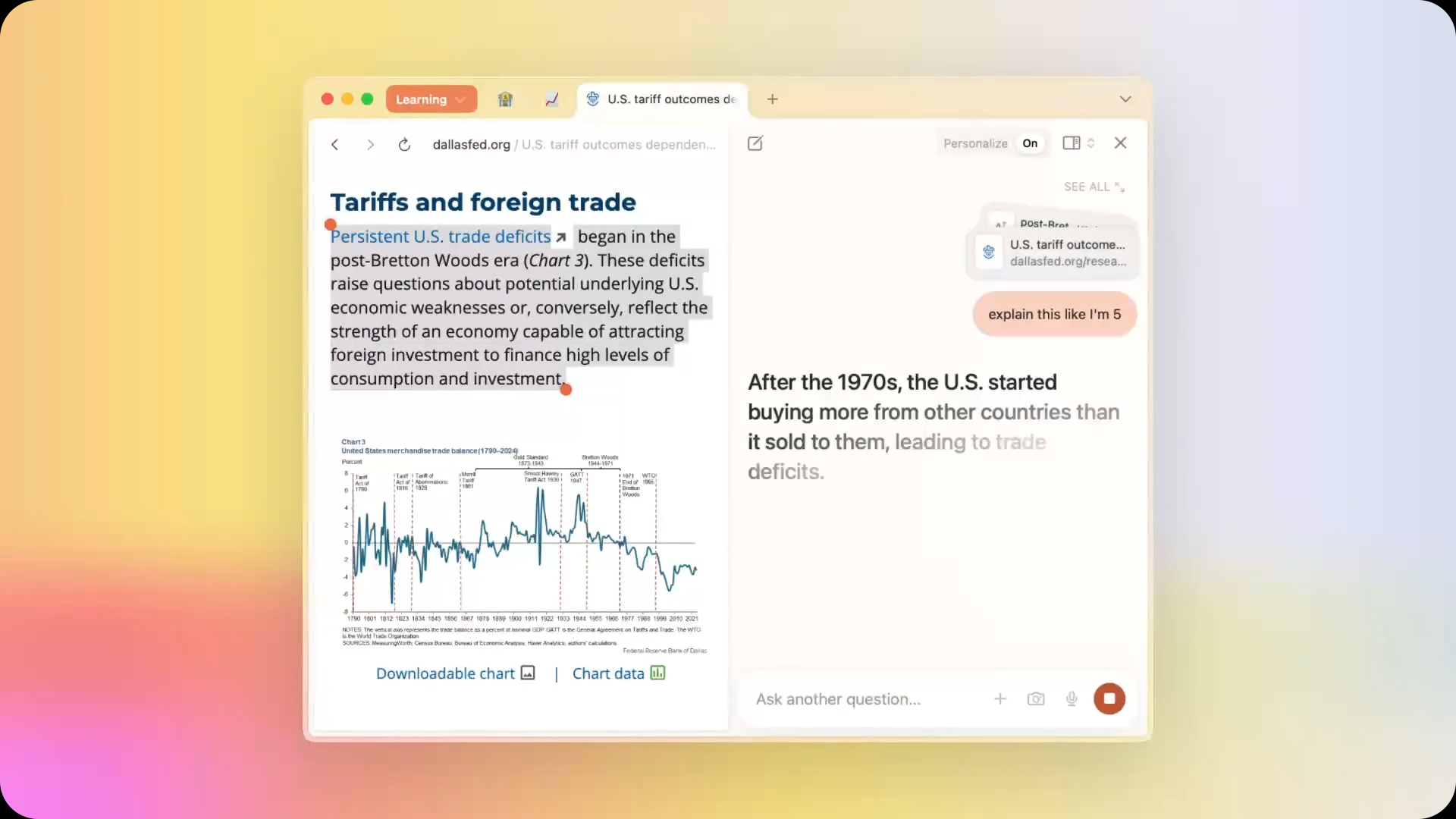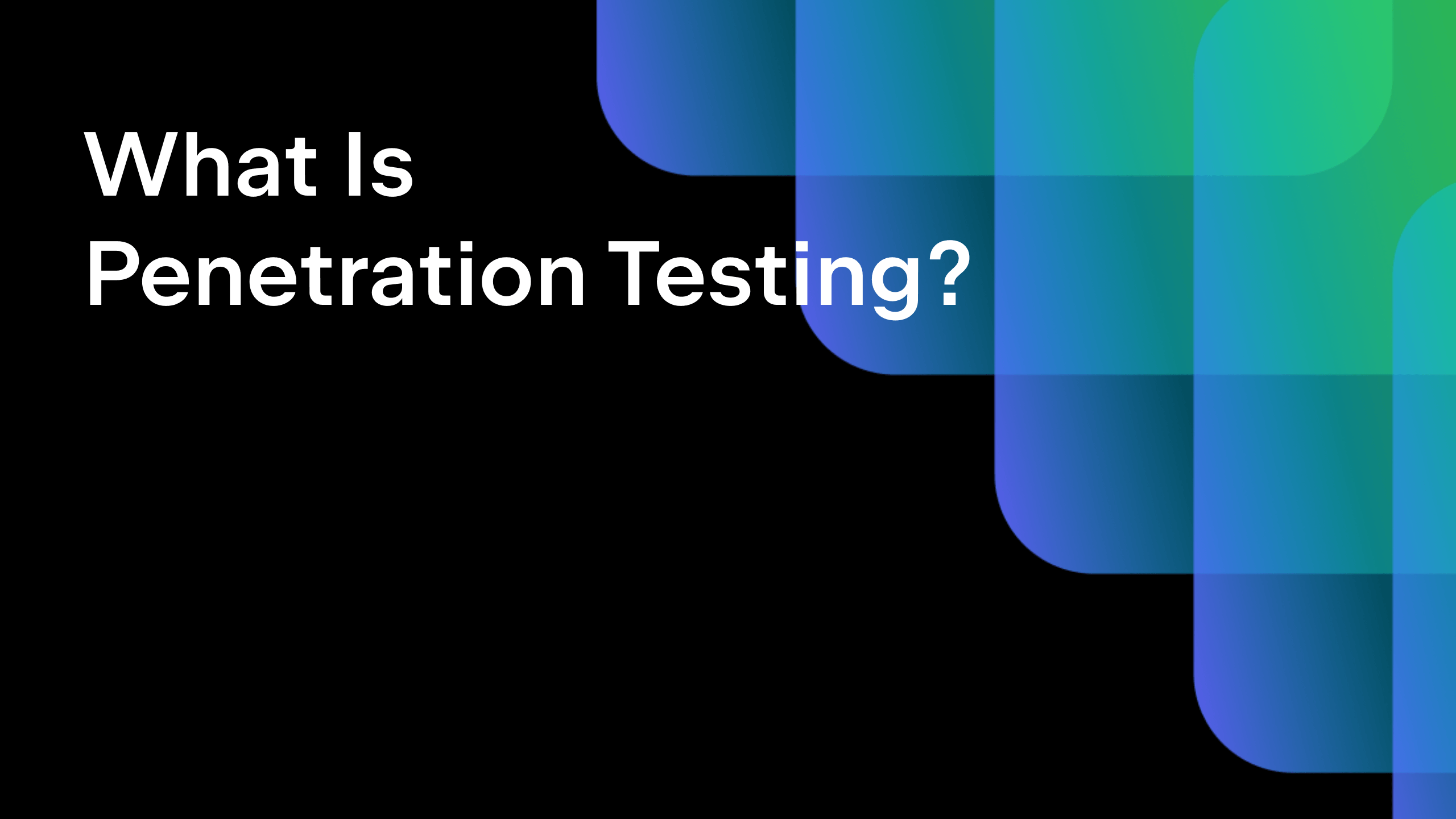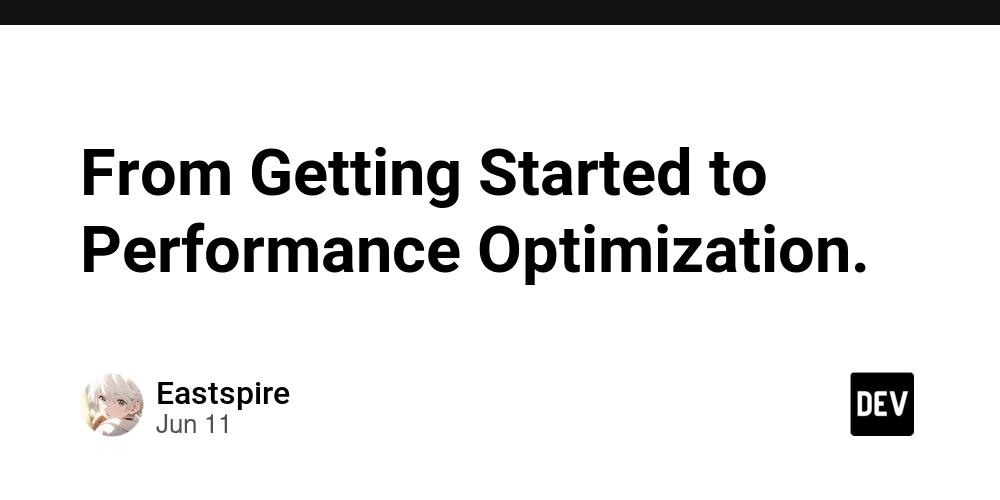How to Conduct a Secure Code Review – Tools and Techniques
Secure code review represents a critical security practice that systematically examines software source code to identify and remediate security vulnerabilities before they reach production environments. This comprehensive examination serves as a proactive defense mechanism, enabling development teams to detect security flaws early in the software development lifecycle (SDLC) and prevent potential breaches that could compromise […] The post How to Conduct a Secure Code Review – Tools and Techniques appeared first on Cyber Security News.

Secure code review represents a critical security practice that systematically examines software source code to identify and remediate security vulnerabilities before they reach production environments.
This comprehensive examination serves as a proactive defense mechanism, enabling development teams to detect security flaws early in the software development lifecycle (SDLC) and prevent potential breaches that could compromise sensitive data or system integrity.
Unlike reactive security measures such as penetration testing, secure code review operates at the source code level, providing contextual understanding of vulnerabilities and enabling more effective remediation strategies.
Understanding Secure Code Review Fundamentals
Secure code review differs fundamentally from traditional code review by focusing specifically on security implications rather than general code quality or functionality.
The process involves both automated and manual examination techniques, with the primary objective of ensuring software complies with security best practices and industry standards.
Manual secure code review provides crucial insight into the “real risk” associated with insecure code, offering contextual understanding that automated tools often miss.
The systematic approach encompasses examining architectural design, algorithms, data structures, and coding patterns that could introduce security vulnerabilities.
This comprehensive evaluation helps developers understand not just the presence of security flaws but also the underlying patterns and practices that created them, enabling more informed decision-making in future development efforts.
Static Application Security Testing (SAST) Tools
SAST tools form the backbone of automated security code analysis, examining source code without executing the application.
Leading SAST solutions include SonarQube for large codebases, Semgrep for quick, lightweight analysis across 30+ languages, and specialized tools like Gosec for Go developers.
These tools integrate seamlessly into CI/CD pipelines, providing immediate feedback on security vulnerabilities.
Configuration example for Semgrep in GitHub Actions:
textname: Semgrep Security Scan
on: [push, pull_request]
jobs:
semgrep:
runs-on: ubuntu-latest
steps:
- uses: actions/checkout@v3
- uses: returntocorp/semgrep-action@v1
with:
config: >-
p/security-audit
p/secrets
Dynamic Application Security Testing (DAST) Tools
DAST tools complement SAST by testing running applications for security vulnerabilities, particularly effective for detecting input validation issues, authentication problems, and server configuration mistakes.
OWASP ZAP stands out as a comprehensive open-source DAST solution, while commercial options include Acunetix and Netsparker.
OWASP ZAP integration in GitLab CI/CD:
textdast:
stage: security
image: owasp/zap2docker-stable
script:
- mkdir -p /zap/wrk/
- zap-baseline.py -t $TARGET_URL -g gen.conf -r zap-report.html
artifacts:
reports:
dast: zap-report.html
Software Composition Analysis (SCA) Tools
SCA tools analyze third-party components and dependencies for known vulnerabilities, providing visibility into the risks associated with open-source software.
These tools scan software dependencies against vulnerability databases, generating Software Bill of Materials (SBOM) reports that track all components and their security status.
Secret Scanning Tools
Secret scanning prevents exposure of sensitive credentials, API keys, and other secrets in source code repositories. Tools like GitLeaks and detect-secrets use regular expressions and entropy analysis to identify potentially exposed secrets.
GitLeaks configuration example:
text- name: Run Gitleaks
uses: actions/checkout@v3
- uses: gitleaks/gitleaks-action@v2
env:
GITHUB_TOKEN: ${{ secrets.GITHUB_TOKEN }}
GITLEAKS_LICENSE: ${{ secrets.GITLEAKS_LICENSE }}
Phase 1: Preparation and Planning
Begin by establishing clear review objectives that align with your project’s security requirements. Assemble a diverse review team including developers, security specialists, and QA engineers to ensure comprehensive coverage.
Prepare the review environment with appropriate access controls and necessary tools.
Essential preparation checklist:
- Define scope and objectives
- Secure review environment
- Install and configure scanning tools
- Establish communication protocols
- Prepare review guidelines and checklists
Phase 2: Automated Analysis
Execute static analysis using SAST tools to identify common vulnerabilities and code quality issues. This initial automated scan provides a foundation for a more detailed manual review by highlighting areas that require attention.
Example C/C++ SAST scan using Flawfinder:
bash# Install Flawfinder
pip install flawfinder
# Run security scan
flawfinder --html --context ./src/ > security-report.html
Phase 3: Manual Code Examination
Conduct a systematic manual review focusing on security-critical areas that automated tools might miss. Pay particular attention to authentication mechanisms, input validation, error handling, and data protection implementations.
Key areas for manual review include:
Input Validation: Verify all external inputs are appropriately validated, sanitized, and escaped. Check for SQL injection vulnerabilities by examining dynamic query construction:
java// Vulnerable code
String query = "SELECT * FROM users WHERE id = " + userId;
// Secure alternative using prepared statements
String query = "SELECT * FROM users WHERE id = ?";
PreparedStatement stmt = connection.prepareStatement(query);
stmt.setString(1, userId);
Authentication and Authorization: Review session management, password policies, and access control mechanisms. Ensure failure messages don’t leak sensitive information and that invalid login attempts are correctly handled with rate limiting.
Error Handling: Verify error messages don’t expose system internals or sensitive information. Implement comprehensive logging without disclosing sensitive security data.
Phase 4: Vulnerability Assessment
Systematically categorize identified vulnerabilities using established frameworks like OWASP Top 10. Focus on critical issues including:
- SQL Injection: Use parameterized queries and stored procedures
- Cross-Site Scripting (XSS): Implement output encoding and input validation
- Insecure Direct Object References: Validate authorization for all object access
- Security Misconfiguration: Review server and application configurations
Example of secure input validation:
pythonimport re
def validate_email(email):
pattern = r'^[a-zA-Z0-9._%+-]+@[a-zA-Z0-9.-]+\.[a-zA-Z]{2,}$'
if re.match(pattern, email) and len(email) <= 254:
return True
return False
def validate_alphanumeric(input_string):
pattern = r'^[a-zA-Z0-9]+$'
return bool(re.match(pattern, input_string))
Phase 5: Third-Party Component Analysis
Evaluate all external dependencies using SCA tools to identify vulnerabilities in third-party libraries and components. Review licensing compliance and assess the security posture of external dependencies.
Phase 6: Testing and Validation
Validate identified vulnerabilities through targeted testing, confirming both the presence of security issues and the effectiveness of proposed remediation measures—document findings with clear remediation guidance and priority levels.
Integration with Development Workflow
Implement secure code review as an integral part of your development process by integrating security tools into CI/CD pipelines. Configure automated scans to trigger on code commits and pull requests, ensuring continuous security assessment throughout the development process.
Example GitHub Actions workflow combining multiple security tools:
textname: Security Pipeline
on: [push, pull_request]
jobs:
security-scan:
runs-on: ubuntu-latest
steps:
- uses: actions/checkout@v3
- name: Run SAST
uses: github/super-linter@v4
- name: Secret Scanning
uses: trufflesecurity/trufflehog@v3.28.7
- name: Dependency Check
uses: dependency-check/Dependency-Check_Action@main
Conclusion
Effective secure code review requires a combination of automated tools and manual expertise, supported by transparent processes and team alignment.
By implementing comprehensive review practices that encompass SAST, DAST, SCA, and secret scanning tools, development teams can significantly reduce security risks while maintaining development velocity.
The key to success lies in treating security as an integral part of the development process, rather than an afterthought, ensuring that security considerations are embedded throughout the Software Development Life Cycle (SDLC).
Regular practice of these techniques, combined with continuous learning about emerging threats and security best practices, enables teams to build more resilient and secure software systems.
Find this News Interesting! Follow us on Google News, LinkedIn, & X to Get Instant Updates!
The post How to Conduct a Secure Code Review – Tools and Techniques appeared first on Cyber Security News.








































































![Apple Shares Teaser Trailer for 'The Lost Bus' Starring Matthew McConaughey [Video]](https://www.iclarified.com/images/news/97582/97582/97582-640.jpg)









































































































.webp?#)

_incamerastock_Alamy.jpg?width=1280&auto=webp&quality=80&disable=upscale#)



























































































![Top Features of Vision-Based Workplace Safety Tools [2025]](https://static.wixstatic.com/media/379e66_7e75a4bcefe14e4fbc100abdff83bed3~mv2.jpg/v1/fit/w_1000,h_884,al_c,q_80/file.png?#)



























![[The AI Show Episode 152]: ChatGPT Connectors, AI-Human Relationships, New AI Job Data, OpenAI Court-Ordered to Keep ChatGPT Logs & WPP’s Large Marketing Model](https://www.marketingaiinstitute.com/hubfs/ep%20152%20cover.png)















































































































































































































































